Active in the 17th century, Robert Hooke is one of the most important scientists of his generation and contributed in an amazing variety of scientific fields. Among other things, he was the first to discover the cell; invented anchor escapement; came up with Hooke’s Law of Elasticity; and discovered the role of air in combustion, respiration and transmission of sound. Here are the 10 major contributions of Robert Hooke to cell theory, gravitation, the science of timekeeping, astronomy, architecture, biology and physics.
#1 HE MADE IMPORTANT CONTRIBUTIONS TO ASTRONOMY
Hooke was one of the first men to build a Gregorian telescope. In 1664, he discovered the fifth star in Trapezium, an asterism (mini-constellation) in the constellation Orion; the Great Red Spot, a prominent oval-shaped feature in the southern hemisphere of Jupiter; and Gamma Arietis in the northern constellation of Aries, one of the first observed double-star systems. Hooke first suggested that Jupiter rotates on its axis and his detailed sketches of Mars were used more than 200 years later, in the 19th century, to determine the rate of rotation of the planet.
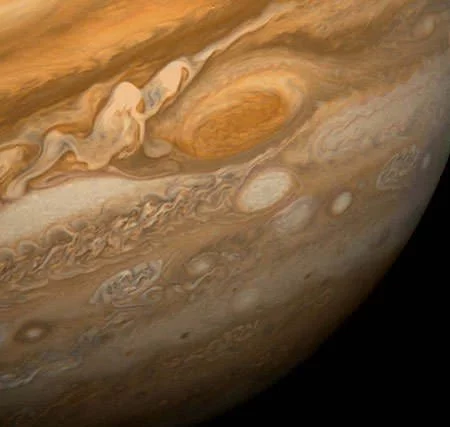
#2 HE INVENTED ANCHOR ESCAPEMENT GREATLY IMPROVING PENDULUM CLOCKS
Hooke made tremendous contributions to the science of timekeeping. He applied himself to the improvement of the pendulum and around 1657 invented anchor escapement which is a mechanism to maintain the swing of the pendulum. The anchor became the standard escapement used in almost all pendulum clocks. Around the same time, he developed the balance spring, which for the first time enabled accurate timekeeping in portable timepieces making pocket watches useful timekeepers. He also conceived the idea that accurate timekeeping could be used to find the longitude at sea.
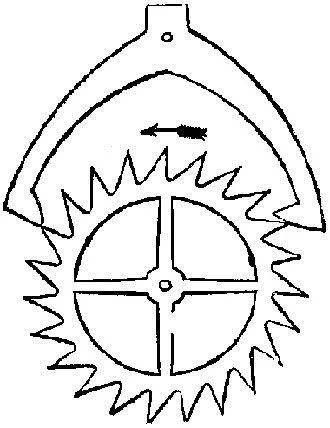
#3 HOOKE DISCOVERED THE LAW OF ELASTICITY
In 1660, Robert Hooke discovered the law of elasticity, which states that the stretching of a solid body is proportional to the force applied to it. Hooke’s Law laid the basis for studies of stress and strain and for understanding of elastic materials. It is extensively used in all branches of science and engineering, and is the foundation of many disciplines such as seismology, molecular mechanics and acoustics. It is also the fundamental principle behind the spring scale, the manometer, and the balance wheel of the mechanical clock.
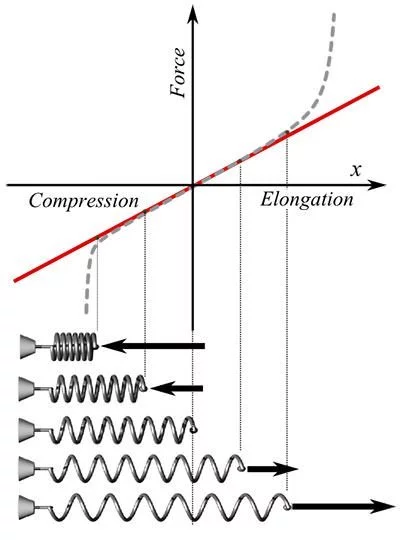
#4 HE DISCOVERED THE BUILDING BLOCK OF LIFE
Robert Hooke used an improved compound microscope he had built to study the bark of a cork tree. In doing so he discovered and named the cell – the building block of life. However he didn’t know its true biological function. Hooke coined the term cell and published the discovery in his famous 1665 book Micrographia.
#5 HiS Book INSPIRED THE USE OF MICROSCOPE FOR SCIENTIFIC EXPLORATION
Hooke’s Micrographia, the first scientific best seller and one of the most important books ever written, demonstrated the tremendous power of the microscope and inspired people to use it for scientific exploration. Our knowledge of microbiology, quantum physics and nanotechnology can all be traced back to it and the path scientists were inspired to follow after seeing the world Hooke had revealed. Among other things, the book became famous for its detailed illustrations, especially those of insects.
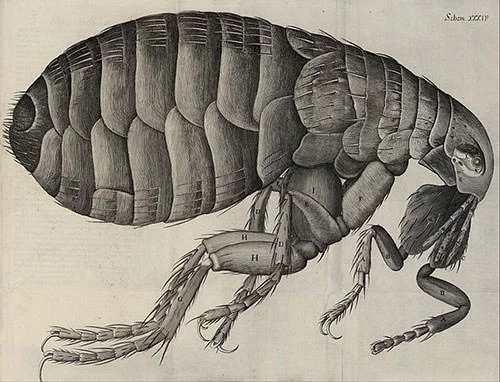
#6 HE WAS ONE OF THE FIRST PROPONENTS OF A THEORY OF EVOLUTION
Robert Hooke was the first person to use a microscope to study fossils and he published his findings in Micrographia. He concluded that fossils had once been living creatures whose cells had become mineralized. He also concluded that some species that had once existed must have become extinct. This was a controversial suggestion as most people at the time found the concept of extinction theologically unacceptable. Thus Hooke was one of the first proponents of a theory of evolution.
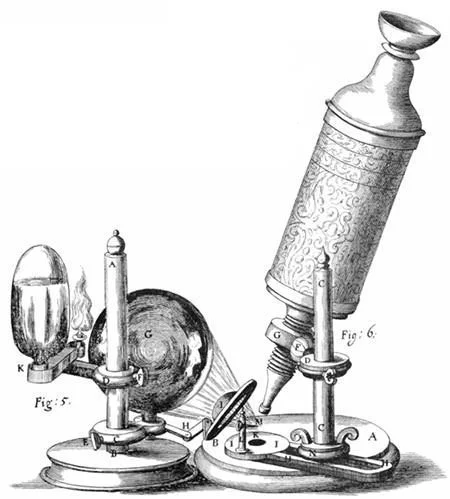
#7 HE MADE IMPORTANT OBSERVATIONS REGARDING GRAVITATION
In Micrographia Hooke argued for an attracting principle of gravitation. In 1666, he suggested that the force of gravity could be measured by utilizing the motion of a pendulum. In 1670, he correctly said that gravity applied to all celestial bodies and theorized that the force decreases with distance and in its absence objects would move in a straight line. In 1678, he stated the inverse square law to describe planetary motions. Sir Isaac Newton later gave evidence for the law and mathematically demonstrated it.
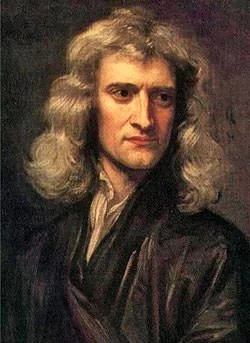
#8 HE SUGGESTED THE WAVE THEORY OF LIGHT TO EXPLAIN DIFFRACTION
Newton’s rings is a phenomenon in which an interference pattern is created by the reflection of light between two surfaces—a spherical surface and an adjacent flat surface. Robert Hooke was the first to describe this phenomenon in his book Micrographia although its name derives from Isaac Newton, who was the first to analyse it. In 1672, Hooke made experimental observation of the phenomenon of diffraction (the bending of light rays around corners). To explain it he offered the wave theory of light and suggested that light’s vibrations could be perpendicular to the direction of propagation.
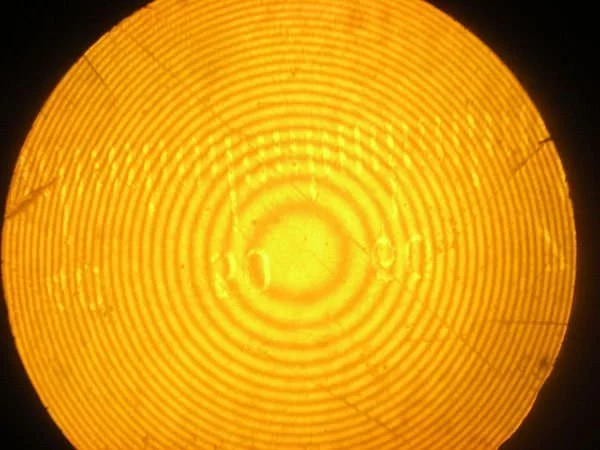
#9 ALONG WITH BOYLE, HE DISCOVERED SEVERAL CHARACTERISTICS OF AIR
Along with Robert Boyle, Hooke did a number of experiments on the properties of air discovering several of its physical characteristics, including its role in combustion, respiration, and transmission of sound. Also Hooke was the first to suggest that matter expands when heated and that air is made of small particles separated by relatively large distances.
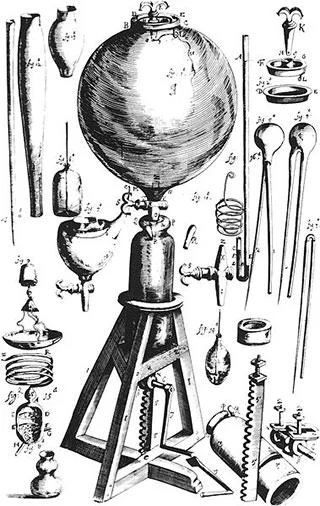
#10 He PROPOSED A SURPRISINGLY ACCURATE MODEL OF MEMORY
In a 1682 lecture Hooke proposed a mechanistic model of human memory. It resembled little to the philosophical models prevalent during the time. Hooke’s model addressed the components of encoding, memory capacity, repetition, retrieval, and forgetting — some with surprising modern accuracy. Robert Hooke was also among the leading architects of his time. Along with Christopher Wren, he designed the Monument to the Great Fire of London. Other buildings in whose design he contributed include the Royal Observatory, Greenwich; the Royal College of Physicians, Regent’s Park; Montagu House, Bloomsbury; and Ragley Hall in Warwickshire.

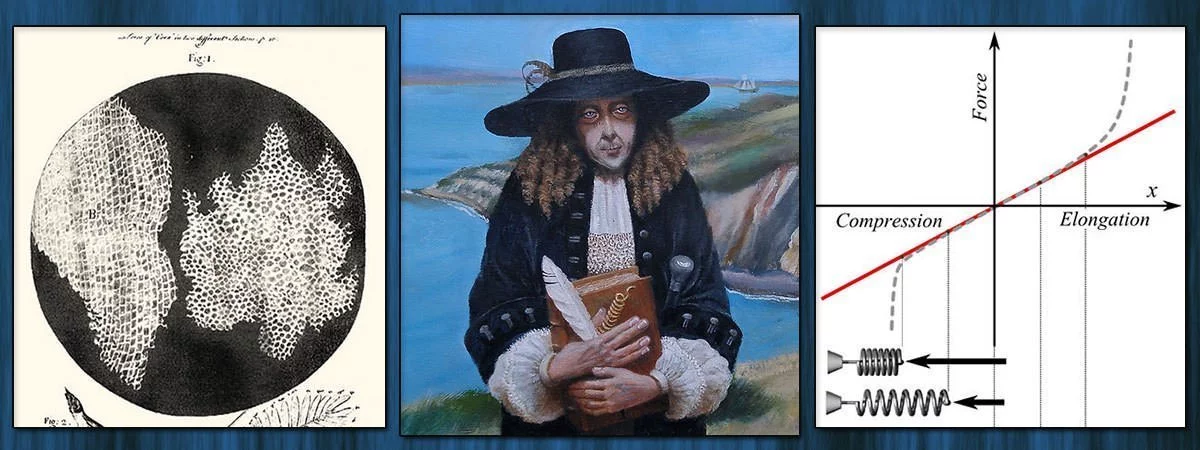
Under your heading “HE MADE IMPORTANT OBSERVATIONS REGARDING GRAVITATION” I’d expect some detail on the observations with a pendulum up mountains, down mines, the Earths equatorial bulge, craters on the Moon etc. Also astronomical observations that planet and satellite orbits are closed ellipses, inferring the central gravitational force is inverse square of distance, as light intensity.